SALT LAKE CITY – Visits to U.S. national parks set a record in 2016 for the third consecutive year as landmarks such Zion, Yellowstone and Rocky Mountain experienced historic levels of popularity that brought collateral headaches stemming from overcrowded roads and trails and increasing visitor misbehavior.
Acadia National Park in Bar Habor, Maine, among the Top 10 most-visited national parks, set a record of about 3.3 million visitors, not including Decembber visits, according to a report at nps.gov. The park had about 2.8 million visitors in 2015. Acadia celebrated its centennial last July 8.
At many parks, visitors waited an hour or more in cars to get through entrance gates and then spent the day trying to outmaneuver fellow visitors for parking spots and room on popular trails. They left behind enormous amounts of trash and sometimes, human waste.
Encountering a crowded, Disneyland-like situation when people were expecting peaceful serenity can lead to aggression and bad decisions, park officials said.
“The level of frustration, we’ve certainly seen an increase in that,” said Kyle Patterson, Rocky Mountain National park spokeswoman. “Sometimes they take it out on each other and sometimes they take it out on park.”
STRUGGLE TO PRESERVE PARKS
It created a good news-bad news story for park managers. They praise the increased interest but are struggling to preserve iconic mountains, slot canyons and wildlife habitat for future generations. The National Park Service budget has remained basically the flat, leaving parks to grapple with the problems without higher staffing levels.
“We love having people come to the park,” said John Marciano, Zion National Park spokesman. “But our No. 1 goal, our mandate, is to preserve the park into perpetuity and to ensure our visitors have a best of kind and safe experience.”
Overall visitation to national parks is on track to surpass 325 million in 2016, breaking last year’s all-time high of 307 million, federal figures show. The record-breaking three-year stretch came after parks visitation ebbed and flowed between 255 and 287 million for nearly three decades.
The National Park Service launched a major marketing campaign to celebrate its 100th birthday in 2016, including free passes for every fourth-grader and their families. That renewed attention coupled with reasonable gas prices and an improved economy likely fueled the increase, said National Parks Service spokesman Jeffrey Olson.
The agency’s “Find Your Park” campaign will continue this year and officials expect to surpass 300 million visitors again even if there’s no record, Olson said.
GRAND CANYON HAD 5.9 MILLION VISITORS
Absent December totals, the Grand Canyon in northern Arizona hit 5.9 million visits. Yellowstone, which stretches into Wyoming, Montana and Idaho, had 4.3 million visits.
The final year tally for Rocky Mountain in Colorado was 4.5 million. Zion in southern Utah had 4.3 million visitors – nearly double the 2010 total.
Cramming all those people into the narrow confines of Zion, where most visitors want to see the same iconic slot canyons and trails, has led many days to hour-long waits to get in the park, lots that fill up by 9 a.m. and crowded shuttles, Marciano said.
“Then, you hike like ducks in a row up the trail because there are so many going up the same trail,” Marciano said. “That’s not what we want.”
ZION CONSIDERS RESERVATION SYSTEM
One employee spent her entire summer hiking every day to the popular Angels Landing trail to clean and put more toilet paper in two portable toilets designed for 40 visits daily that had 200, he said.
Both Zion and Yellowstone are reassessing how to create better crowd plans and Zion is considering a reservation system for park entries and a daily visitor limit.
Even though it is prohibited, more people are taking dogs on trails in the Rocky Mountain park. Visitors are also parking cars on native vegetation or fragile alpine tundra and leaving human waste right near backcountry trails, Patterson said.
This summer, the park on certain days for the first time limited the number of cars allowed on two popular roads, she said.
After Yellowstone hit 4 million visitors for the time in 2015, park spokeswoman Morgan Warthin said the park last year adopted the “Yellowstone Pledge” urging visitors to follow guidelines that include not stopping on the side of the road to look at bears and staying on boardwalks. A man who stepped off a boardwalk died last year after falling into a boiling, acidic spring.
Yellowstone has also implored visitors to take “safe selfies” by staying far away from wild animals.
“That want that perfect picture so they’re driven to get closer and closer to the point they’re risking their own safety,” Warthin said.
Send questions/comments to the editors.

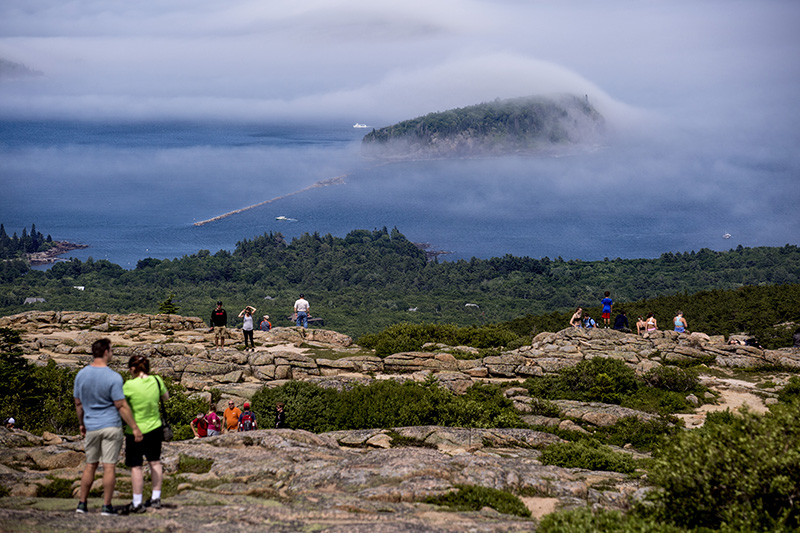
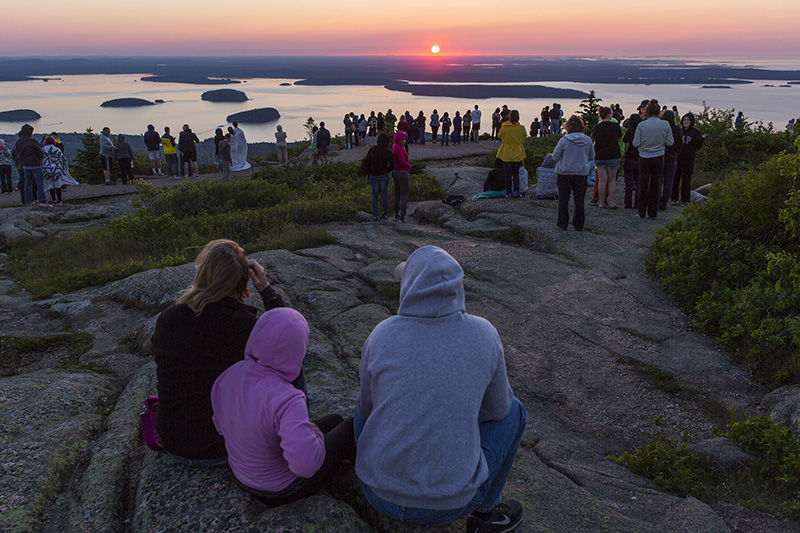
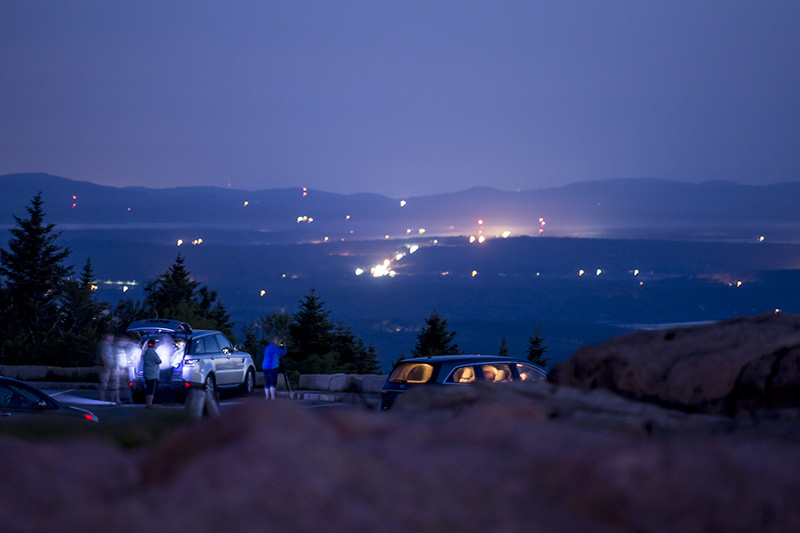
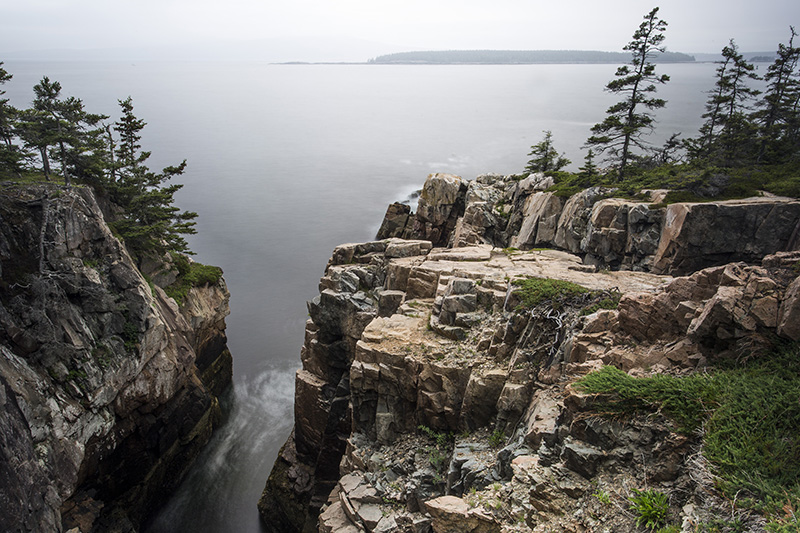
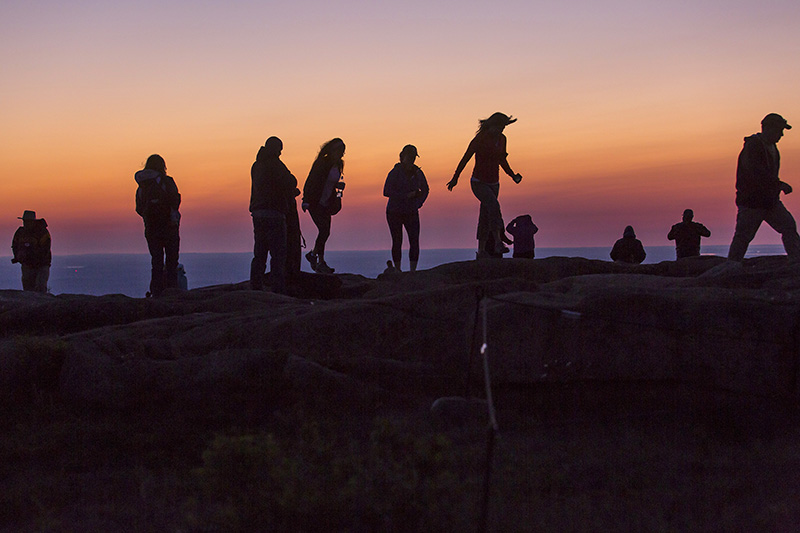

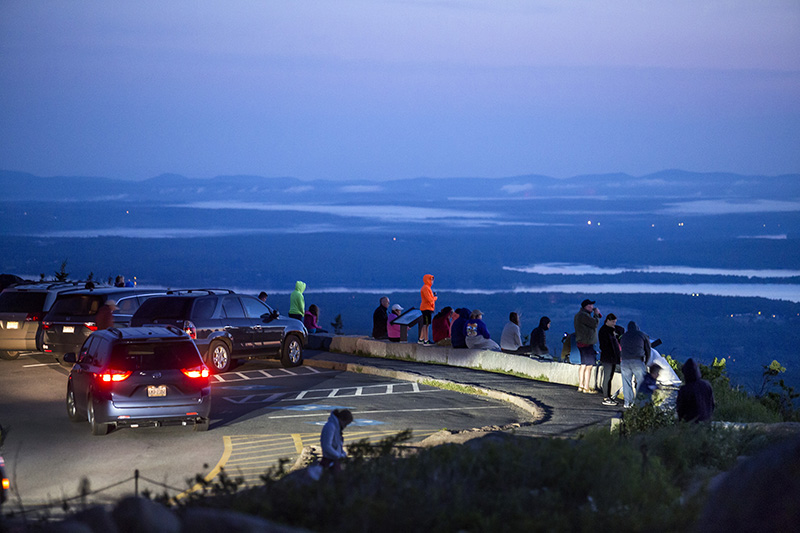
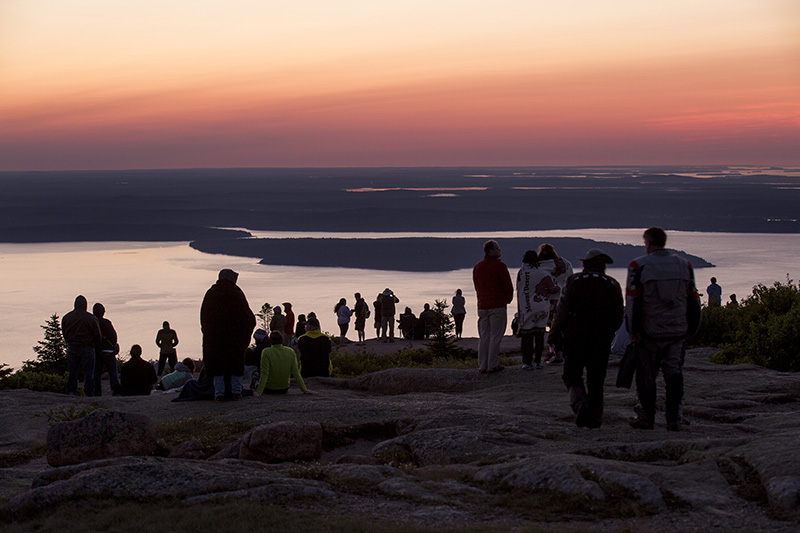
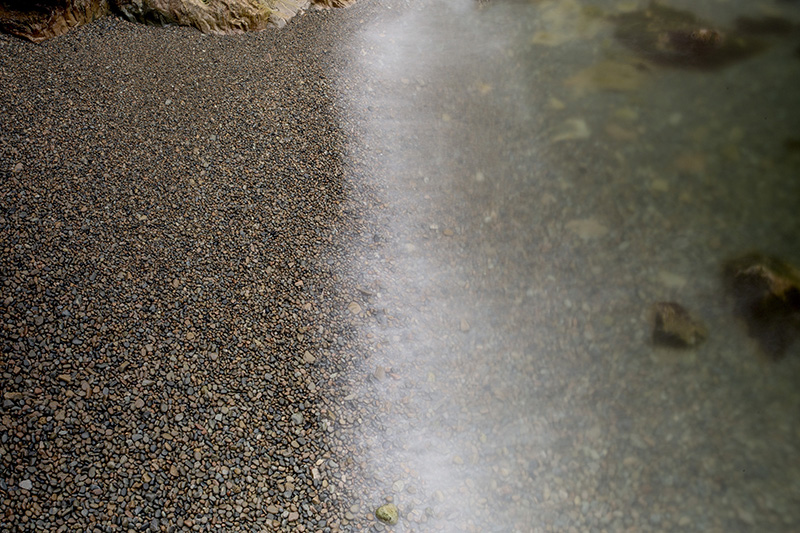
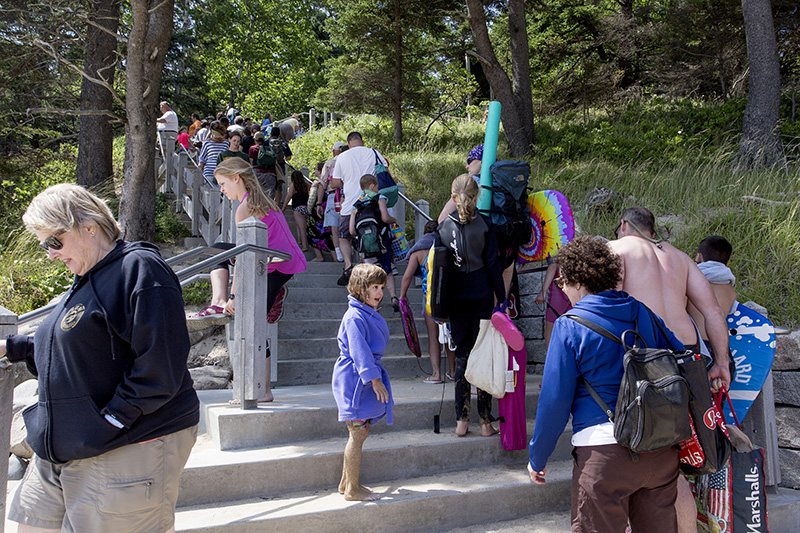
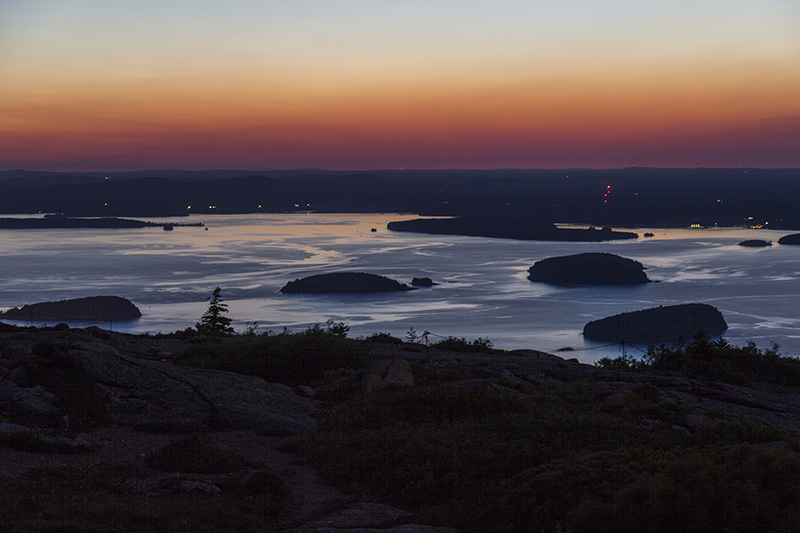
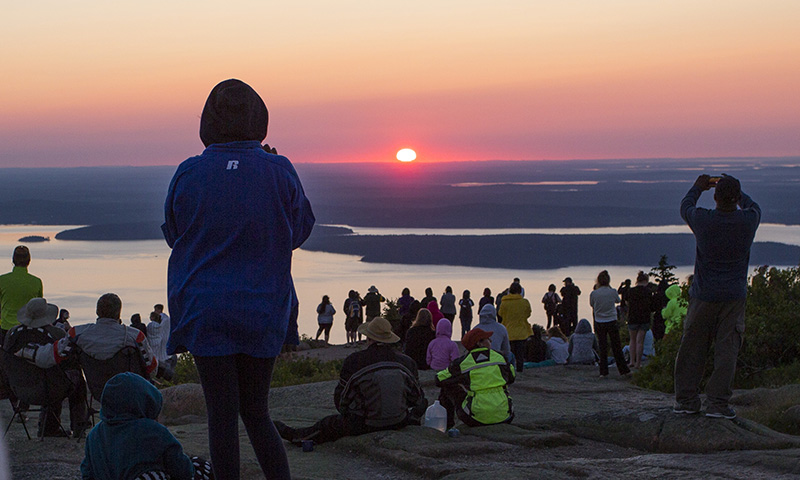
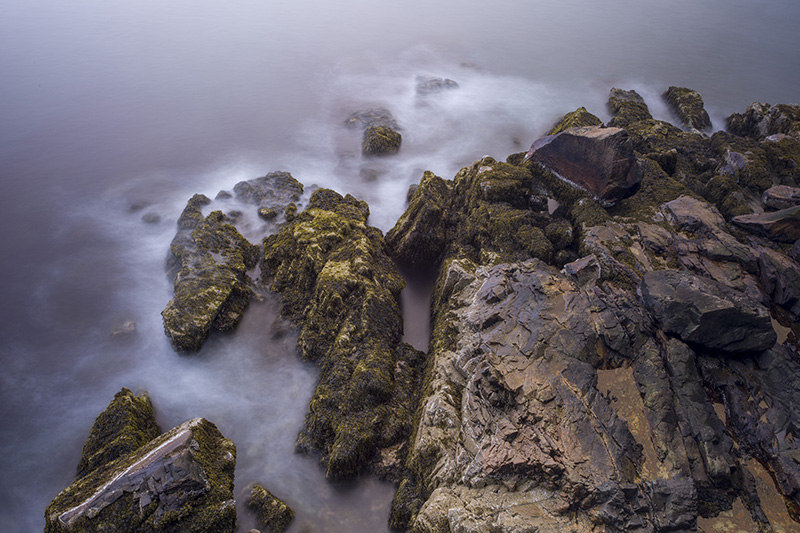
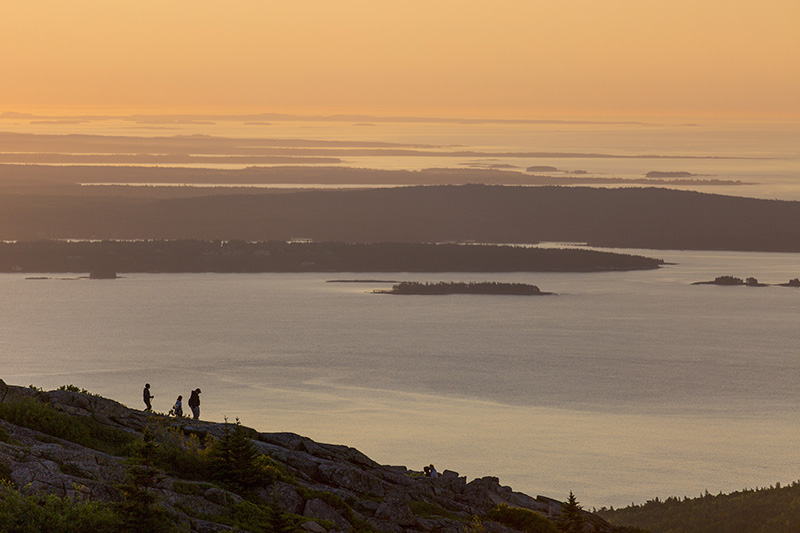
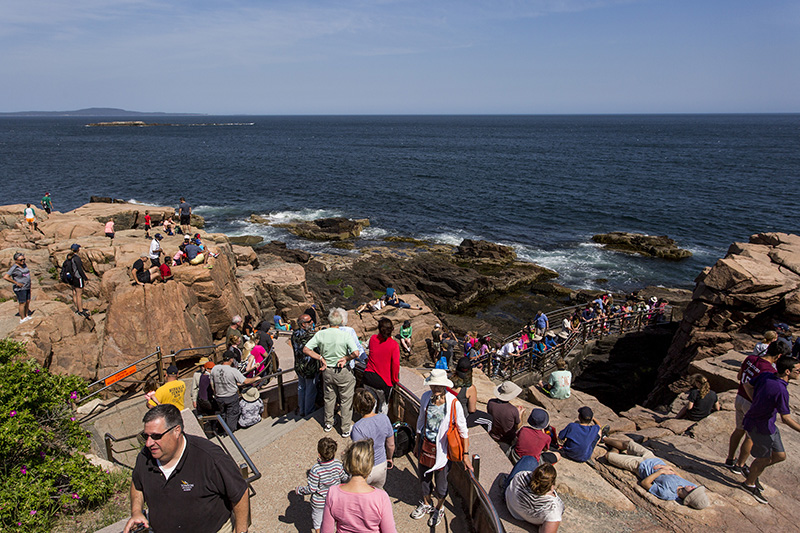
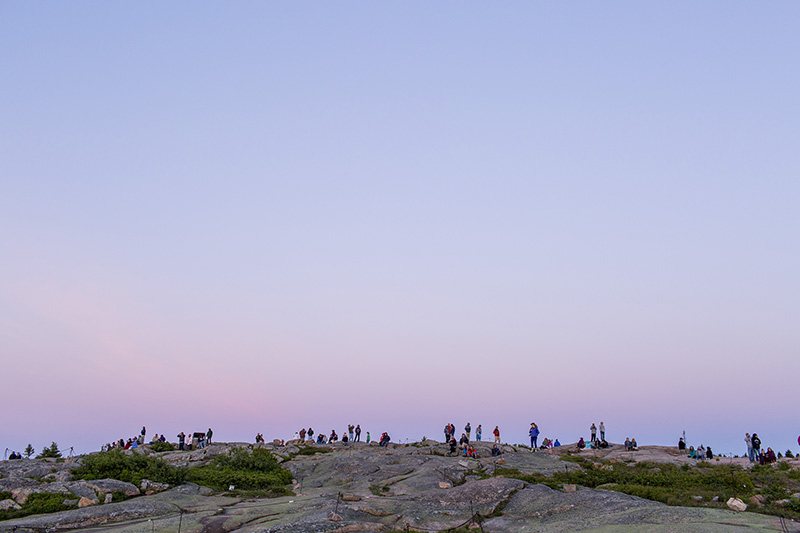
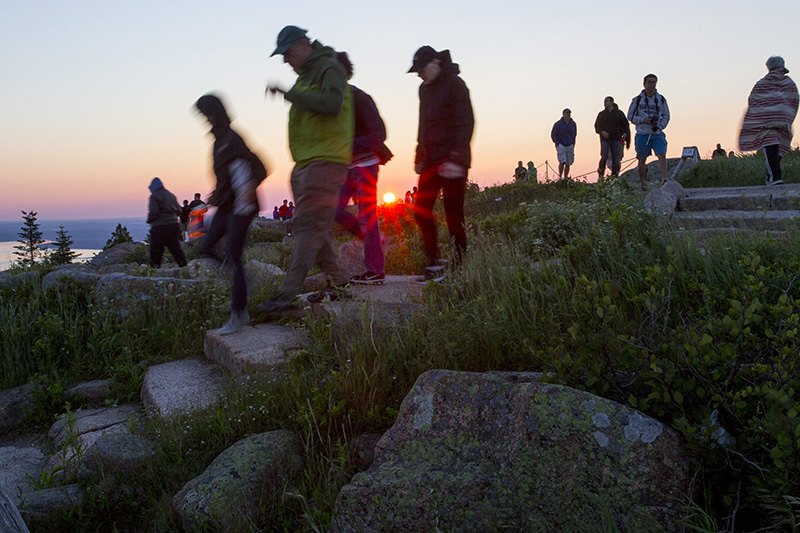

Success. Please wait for the page to reload. If the page does not reload within 5 seconds, please refresh the page.
Enter your email and password to access comments.
Hi, to comment on stories you must . This profile is in addition to your subscription and website login.
Already have a commenting profile? .
Invalid username/password.
Please check your email to confirm and complete your registration.
Only subscribers are eligible to post comments. Please subscribe or login first for digital access. Here’s why.
Use the form below to reset your password. When you've submitted your account email, we will send an email with a reset code.